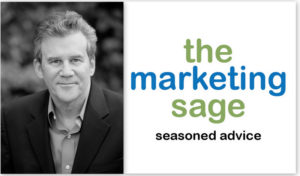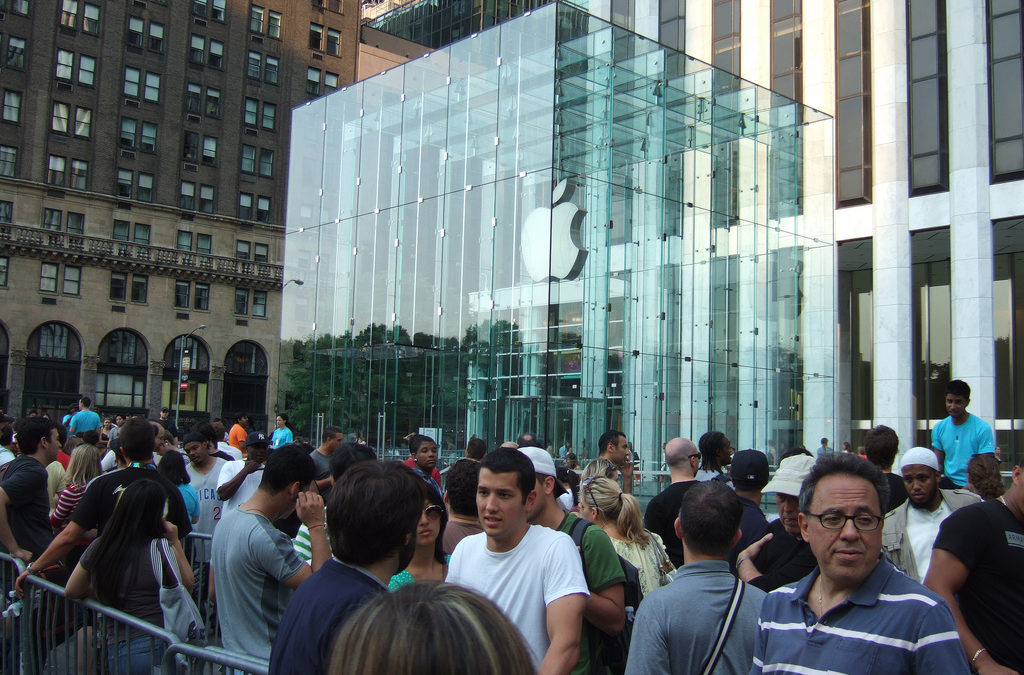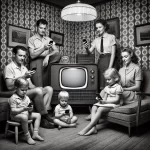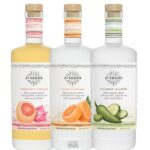A recent article in Harvard Business Review challenged some of my thinking about consumers’ connections with brands. Are consumers loyal to your brand or have they just formed deep habits? Habits versus loyalty – what makes a customer come back?
Is customer loyalty overrated?
- A habit is a settled or regular tendency or practice, especially one that is hard to give up.
- Loyalty is the quality of being loyal to someone or something.
The author, Roger Martin argued about the drivers for purchase by consumers are as basic as comfort and familiarity, not loyalty.
- I am not buying Crest because I am loyal. Rather, it has become a habit.
- I keep buying a new iPhone, not even checking out Samsung or other brands. Am I brand loyal or am I just happy with the habit and familiarity of what I am using?
- I’m not loyal to Facebook, but I check it ten times a day because of its habitual nature designed into the software. When I check my status on Facebook or go to Google frequently out of habit, these habits are core to my engagement with those digital brands.
A feeling of comfort and familiarity breeds these habits. I shop every week at the same food store, and I am wondering if I am loyal or have I developed a strong habit that is difficult to break.
- I always buy the same brand of orange juice. The branding helps me distinguish one product from another and makes my habit easy every week.
- For fifteen years, I have driven the same brand of cars even though I often go and look at other car brands. I always end up buying the same brand because of habit and less because of being loyal.
Martin’s Four Arguments: How do you build habits into your products with customers?
- Work hard to win the early popularity contest. Being an early leader helps you be more familiar and comfortable. Therefore, the freemium model is the leading way to builds habits with software online. They get you hooked – you like it and want to stay. I used Mailchimp for free for five years and just started paying for a premium version. I used the free version for years but now want some added features and am willing to pay for it.
- Design for habit, have it in mind in the beginning. A simple new product like the Amazon Dash was created to make it as simple as possible to reorder things you need all the time. All you do is push the button. Or take Google, it has the same look and feel as it did in the beginning almost 15 years ago, and is a habit-forming product. They designed it from the start to make it habitual.
- Innovate carefully within the brand. Customers hate change. New and relaunch are not happy words. Learning new software like updates to Microsoft windows are annoying. Companies that have made changes and been successful think through how to keep the user experience similar. Netflix worked the same way when they went from disk to stream. They kept thing as similar as possible using a subscription model and the same logo.
- Keep communications simple. Ad copy is too hard to understand, and the biggest mistake you see is overstuffing an ad with too much info. If you show a generic version of a product first and explain why it is inferior to your branded version, the subconscious thinks your brand causes the negative problem. P&G only does a side by side comparisons in ads for this reason. Simple sells – so an ad that shows someone walking up to bar ordering a bud light demonstrates the habit you want them to emulate.
If you are responsible for launching a new product, how have you thought about building habit into the product so that consumers interact in an addictive way? Like nicotine, a simple to use, habit-forming design can be powerful for new products.
Every time you change your product and update it, it is going to annoy customers. Think of an operating system update when you just got used to how things work. Think of frequent tweaks creating confusion and not being helpful.
Cravings
Consumer craves the familiar as much as they want things simple to use. Be careful if you are about to change, update or refresh a product. You may end up breaking their purchasing habit.
Do customers just do what they are comfortable doing versus being loyal to your brand? Do you need to adapt to a fast-changing world and adapt your product? Or, are behaviors the same in old versus new businesses?
Building habit forming behavior into a product, service, and brand can keep customers hooked.
Could you use help making your marketing efforts more habit forming? 4 out of 5 dentists preferred The Marketing Sage. Text me at 919 720 0995 or email me at jeffreylynnslater@gmail.com

Photo credit: Rob DiCaterino https://www.flickr.com/photos/goodrob13/with/2664194016/




